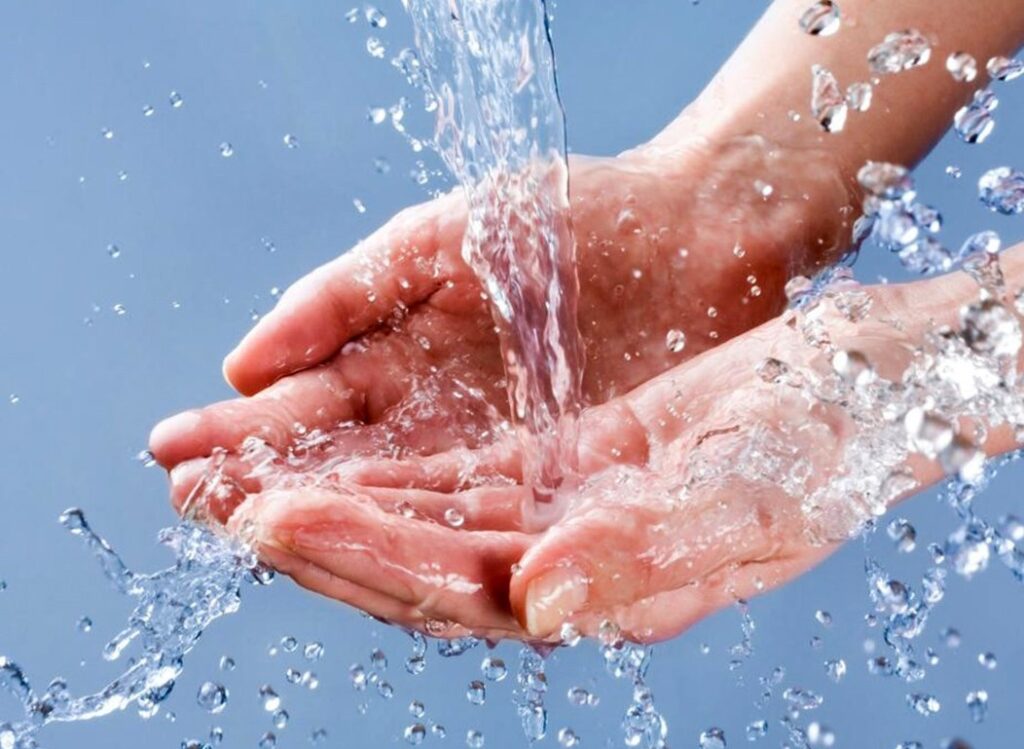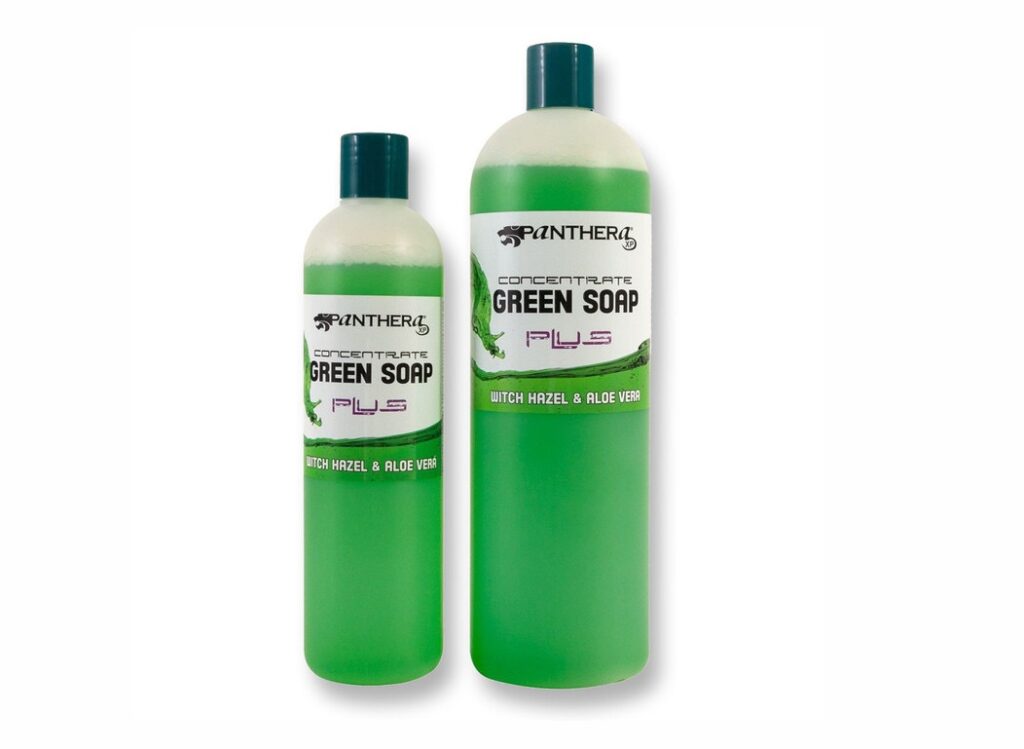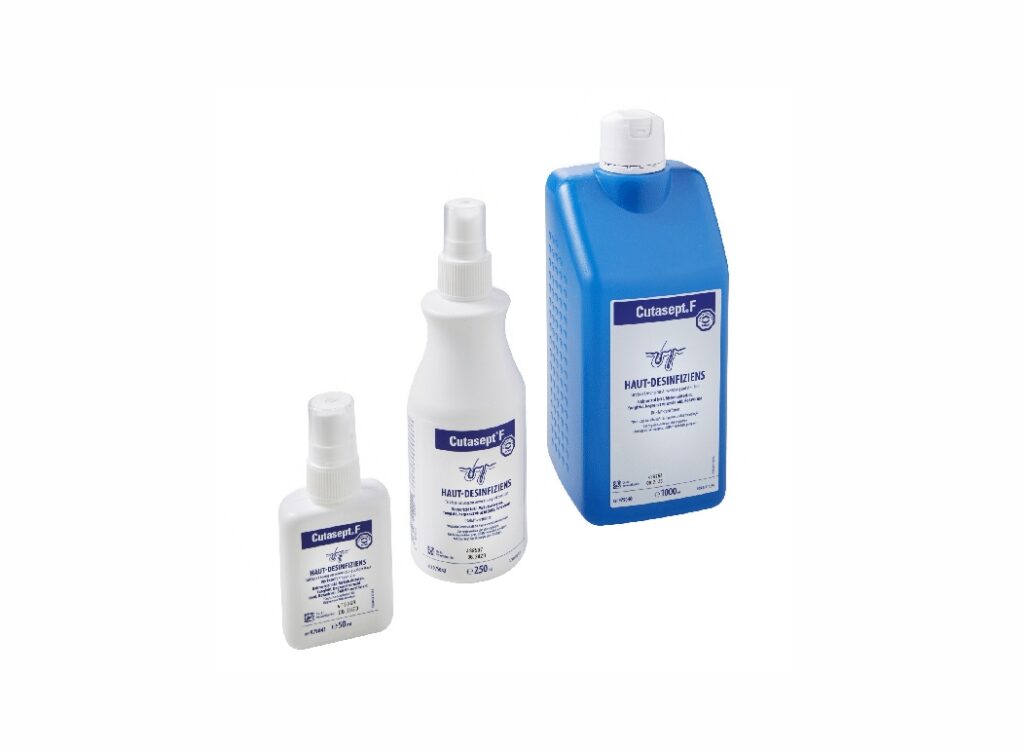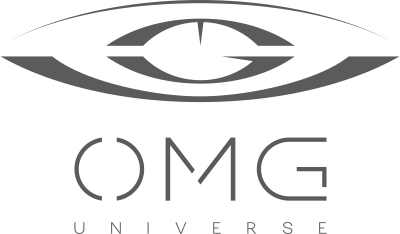BASIC Course – online video – part 6

Part 6: Hygiene

Aseptic – prevention of getting the pathogens into damaged skin layers. Permanent makeup treatment is associated with a violation of the integrity of the skin and requires us to follow the rules of asepsis. Following actions have to be done:
Instruments and materials sterilization; Treating the hands of the surgeon and the nurse; Following the rules and expedients during the treatment.
Basic rules for keeping asepticity of the treatment:
Before perforating the skin, the sterility of the area to be treated must be ensured. This condition is achieved by treating the surface with a skin antiseptic in accordance with the instructions for its use.
During the work, antiseptics should also be used to remove the pigment smeared over the skin, but only those intended for treating wounded surfaces and mucous membranes (mucous antiseptics).
Consumables, such as: needles, nozzles or entire hygiene modules used in a permanent makeup – should remain sterile during all the treatment.
For this purposes, the equipped manipula remains on a weight or is being placed on a sterile gauze pad in the intervals between the work. All of these supplies should stay in a pre-prepared sterile container during all the treament.
A very important condition for keeping the asepticity of a treatment: is touching the working area only with sterile cotton pads and swabs along with sterile needles and nozzles. Violation of this rule increases the risk of infectious-inflammatory process.
Basic rules for keeping asepticity of the treatment:
Before perforating the skin, the sterility of the area to be treated must be ensured. This condition is achieved by treating the surface with a skin antiseptic in accordance with the instructions for its use.
During the work, antiseptics should also be used to remove the pigment smeared over the skin, but only those intended for treating wounded surfaces and mucous membranes (mucous antiseptics).
Consumables, such as: needles, nozzles or entire hygiene modules used in a permanent makeup – should remain sterile during all the treatment.
For this purposes, the equipped manipula remains on a weight or is being placed on a sterile gauze pad in the intervals between the work. All of these supplies should stay in a pre-prepared sterile container during all the treament.
A very important condition for keeping the asepticity of a treatment: is touching the working area only with sterile cotton pads and swabs along with sterile needles and nozzles. Violation of this rule increases the risk of infectious-inflammatory process.

Antiseptic is a complex of therapeutic and prophylactic measures aimed at the destruction of microbes in the wound or the human body as a whole.
Antiseptics for permanent make-up are disinfectants intended for the destruction of harmful microorganisms dangerous for both the client and the master. During the treatment, a specialist contacts the visitors skin and is responsible for his health safety.
Damaged epidermis areas pose a threat to cross-infection with dangerous infections. In order to exclude these risks, the master should always use antiseptics for permanent makeup. This measure will protect you and your client against the accidental infections, viruses and bacteria pervasion.
The main requirement during the permanent makeup treatment is a mandatory use of the antiseptic on the surfaces of your and clients skin.
Damaged epidermis areas pose a threat to cross-infection with dangerous infections. In order to exclude these risks, the master should always use antiseptics for permanent makeup. This measure will protect you and your client against the accidental infections, viruses and bacteria pervasion.
The main requirement during the permanent makeup treatment is a mandatory use of the antiseptic on the surfaces of your and clients skin.

Disinfection is a complex of measures aimed at the destruction of pathogenic and conditionally pathogenic microorganisms on the external environment objects.
Preventive disinfection is carried out in order to prevent spreading of infectious diseases , physical and chemical remedies are being used for these purposes.
Physical remedies are:
– Mechanical – cleaning, wet cleaning, laundry, airing.
– Thermal and radiant – the use of high and low temperatures, irradiation with bactericidal rays
Chemical remedies are:
– Chemical antiseptics;
– chlorine-containing substances – bleach, hypochlorites, chloramines, etc .;iodine, bromine and remedies containing those
– oxidizers – potassium permanganate, hydrogen peroxide, acetic and formic acids, etc .; alcohols, phenols, detergents, etc .;
– miramistin, chlorhexidine
Physical remedies are:
– Mechanical – cleaning, wet cleaning, laundry, airing.
– Thermal and radiant – the use of high and low temperatures, irradiation with bactericidal rays
Chemical remedies are:
– Chemical antiseptics;
– chlorine-containing substances – bleach, hypochlorites, chloramines, etc .;iodine, bromine and remedies containing those
– oxidizers – potassium permanganate, hydrogen peroxide, acetic and formic acids, etc .; alcohols, phenols, detergents, etc .;
– miramistin, chlorhexidine
Before the treatment and during the treatment:
- Master should wear a gauze bandage during the treatment in order to be protected against infectious diseases transmitted by airborne droplets. The bandage will protect against ARVI, influenza, pertussis, tuberculosis, etc.
- Disposable gloves should be used during the treatment
- The specialist should disinfect his hands, gloves and surfaces used during the treatment
- Consumables (needles, cartridges) should be in a sterile disposable package. They should be unpacked in gloves and placed in the device shortly before the treatment and in the presence of a client.
- The pigment container should not touch the pigment cup or the nozzle slot
- Everything that was touched by the gloves during the treatment (for example, a lamp) should be thoroughly disinfected. These items could be a source of infection.
- All the consumables used – cotton sticks, swabs and pads, pigment cups, gloves - should be disposed immediately after the treatment.
- Used cotton swabs and pads should not be placed near the client.
- The pigment container stand and the handle sleeve should be carefully disinfected
- Vaccination against hepatitis is recommended is recommended for you safety.
After the treatment:
- Wash and disinfect all the surfaces used for working;
- The disinfectant should be effective against AIDS and hepatitis, pay attention to the expiry date;
- The handle sleeve, the pigment container stand should be cleaned and disinfected using an ultrasonic disinfection device immediately after the treatment;
- Recommended disinfection remedies (Lizitol-M, Stamopur) at the prescribed concentration should be used for the ultrasonic disinfection.
- Pigment container should be disposed after the treatment;
- Used needles should be disposed separately, using the needle container in order to avoid injuries or infections;
- Used modules should be placed vertically, so that the needle automatically hides in the nozzle;
- Used gloves should be disposed after each client
If you still have questions, join our Telegram community and get answers to all your questions!
Copyright © 2022 OMG Universe
OMG OÜ, Viige 11, 13516 Tallinn, Estonia
Reg nr.12788223
omg.permanent@gmail.com
+372 53 53 41 41
OMG OÜ, Viige 11, 13516 Tallinn, Estonia
Reg nr.12788223
omg.permanent@gmail.com
+372 53 53 41 41

